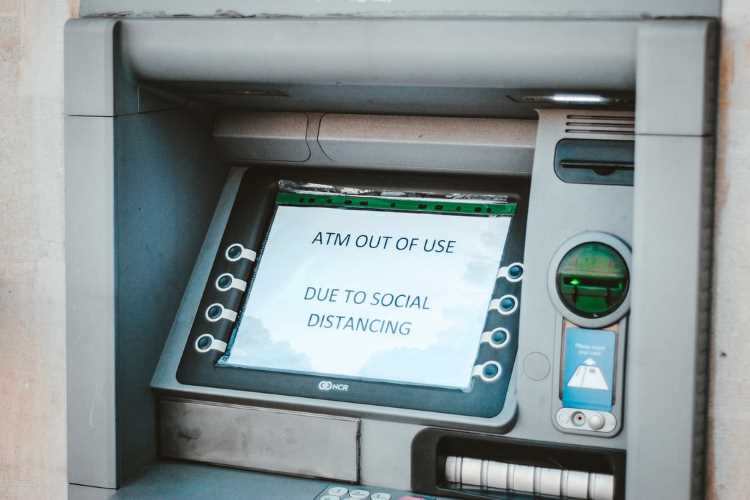
The RBI’s readiness to address the issues in the economy was apparent with the advancement of the monetary policy announcement by nearly a fortnight. This is a welcome step, keeping in view the uncertainties due to the fluid situation created by the Covid-19 pandemic.
The direction of the policy is also very clear as reflected in the reduction in the repo rate by 40 basis points and extension of the repayment moratorium by another quarter. My understanding is that the RBI is preparing for the long haul, given the empirical evidence of 1918 pandemic that came in waves, and where the second wave was far more lethal than the first. Then, the time period between the waves was nearly 18 months. Thus, the monetary policy has to be prepared accordingly.
READ: Strong state, attacks on freedom, protectionism will mark post-Covid world
The policy announcement mentions that growth rate in FY21 is expected to be in the negative zone. This is a cause of concern to which I think some reconsideration is required. In the lockdown, activities with a weight of about 40% of the GDP, mainly essential activities, continue unaffected. Similarly, rabi crop has had a good harvest season. With a good southwest monsoon expected, kharif crop could also be good. In addition, schools, colleges and other educational institutions have shifted to online classes, and IT industry has permitted employees to work from home during the lockdown. Finally, only two months of lockdown, and that during the lean period of hot summer and monsoon, implies that economy has a chance to recover in the next 10 months, of which 6 months are of the traditional busy season, when economic activities generally boom in the country.
While lifting the lockdown, the government could consider permitting longer hours of working per week. Some sectors, mainly in services, like travel, tourism and hotel could be impacted. But the initial signs are positive with air travel opening and hotels finding alternatives to conducting operations. Restaurants are already shifting to take-away mode. Thus, the projection of growth in the negative zone may need a revisit.
READ: Indian agriculture needs a comprehensive strategy
The global economy is also passing through a difficult phase and the impact is unprecedented, as the whole world is simultaneously closed down. Seeking foreign support is not an easy task when all other countries are passing through the same process of fiscal stress and the monetary policy is loose and accommodative. The prospects of exports are bleak for India under such circumstances.
Therefore, India has to look inwards, in its villages and tier – II and tier – III cities for demand and opportunities to revive the economy. To finance such revival, there would be need for close coordination between the fiscal and monetary authorities. With the return of migrant labour, opportunities can be created in the local areas and village economy can be strengthened.
READ: Covid-19 contagion: How will it play out on world economy
The handloom sector can be encouraged as also village and cottage industries. At low cost of funds, some engagement and employment opportunities can be created in villages and small towns. NABARD, SIDBI, and cooperative banks can play an important role here. Aadhar seeding has been done for most bank accounts and national ration card is being introduced. The government was discussing smart cities recently and now, and discussions are on about positioning India as an alternative destination to China. The two can be combined and location of smart cities identified.
The lack of opportunity for commercial banks in extending loans reflected in excess liquidity with them, placed daily under reverse repo, can be used to finance/establish smart cities that can be guaranteed by the central and state governments. The creation of smart cities will generate employment too and engage local labour and returned migrant labour. To encourage banks to scout for projects, the reverse repo rate can be reduced further, rather steeply. The repo rate can even be reduced further following global trends as inflation cannot be a threat to business decisions and the economy in this sluggish growth phase.
READ: Odisha’s quiet success in war on Covid-19 pandemic
The usual argument to keep the interest rates high which is to protect the interest rate earnings of the pensioners on their deposits, can be addressed by keeping subvention rate high, and those accounts of pensioners ring-fenced and protected. Illustratively, even in normal times, senior citizens do get an additional benefit on interest rates. The general level of interest rates can be lowered further to revive investment and growth.
To conclude, the RBI is actively analysing the situation and appropriately responding to the needs of the industry, but much more needs to be done to sustain demand, and revive the economy. The most important aspect for all policy makers is to ensure that labour, including migrants, is productively engaged, so that society at large is safe, and businesses are confident of their assets.
Dr Charan Sigh is a Delhi-based economist. He is the chief executive of EGROW Foundation, a Noida-based think tank, and former Non Executive Chairman of Punjab & Sind Bank. He has served as RBI Chair professor at the Indian Institute of Management, Bangalore.


